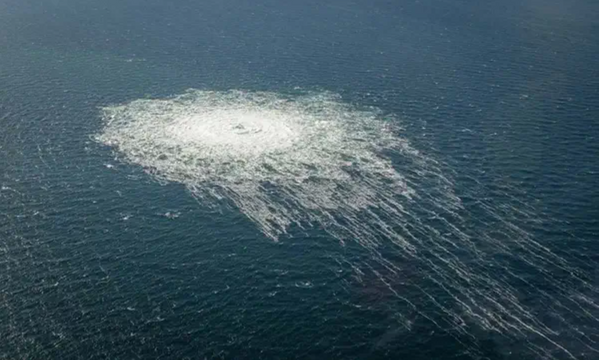
Russian gas exports to Europe via pipelines plummeted to a post-Soviet low in 2022 as its largest customer cut imports due to the conflict in Ukraine and a major pipeline was damaged by mysterious blasts, Gazprom data and Reuters calculations showed.
The European Union, traditionally Russia's largest consumer for oil and gas, has for years spoken about cutting its reliance on Russian energy, but Brussels got serious after the Kremlin sent troops into Ukraine in February.
State-controlled Gazprom, citing Chief Executive Officer Alexei Miller, a long-standing ally of President Vladimir Putin, said its exports outside of ex-Soviet Union will reach 100.9 billion cubic meters (bcm) this year.
That is a fall of more than 45% from 185.1 bcm in 2021 and includes supplies to China via the Power of Siberia pipeline, through which Gazprom supplied 10.39 bcm last year.
Russian direct gas exports to Germany, Europe's largest economy, were halted in September following blasts at the Nord Stream pipelines in the Baltic Sea.
Sweden and Denmark have both concluded that four leaks on Nord Stream 1 and 2 were caused by explosions, but have not said who might be responsible. NATO Secretary-General Jens Stoltenberg has called the damage an act of sabotage.
Russia accused British navy personnel of being behind the blasts, a claim that London said was false.
Russian gas exports via the Nord Stream 1 pipeline totaled a record-high 59.2 bcm last year.
The 100.9 bcm of Russian gas pipeline supplies, which Gazprom defines as exports to "far abroad", or outside the former-Soviet Union, is one of the lowest since the collapse of the Soviet state in 1991.
One of Gazprom's previous post-Soviet lows of gas sales to "far abroad" was at 117.4 bcm in 1995, according to Gazprom Export.
Russia, meanwhile, has been increasing its seaborne liquefied natural gas (LNG) sales, thanks mostly to Novatek-led Yamal LNG plant in the Arctic.
According to the Rosstat government body, Russia's LNG production rose by almost 10% in January - November to 29.7 million tonnes.
And Russia has managed to offset lower gas imports to Europe by higher energy prices at its budget revenues from oil and gas jumped by over a third in the first 10 months of the year.
Gazprom also said that its 2022 gas output is seen at 412.6 bcm, which is down from 514.8 bcm in 2021, when it reached a 13-year high.
(Reporting by Vladimir Soldatkin; Editing by Kirsten Donovan/Guy Faulconbridge)


